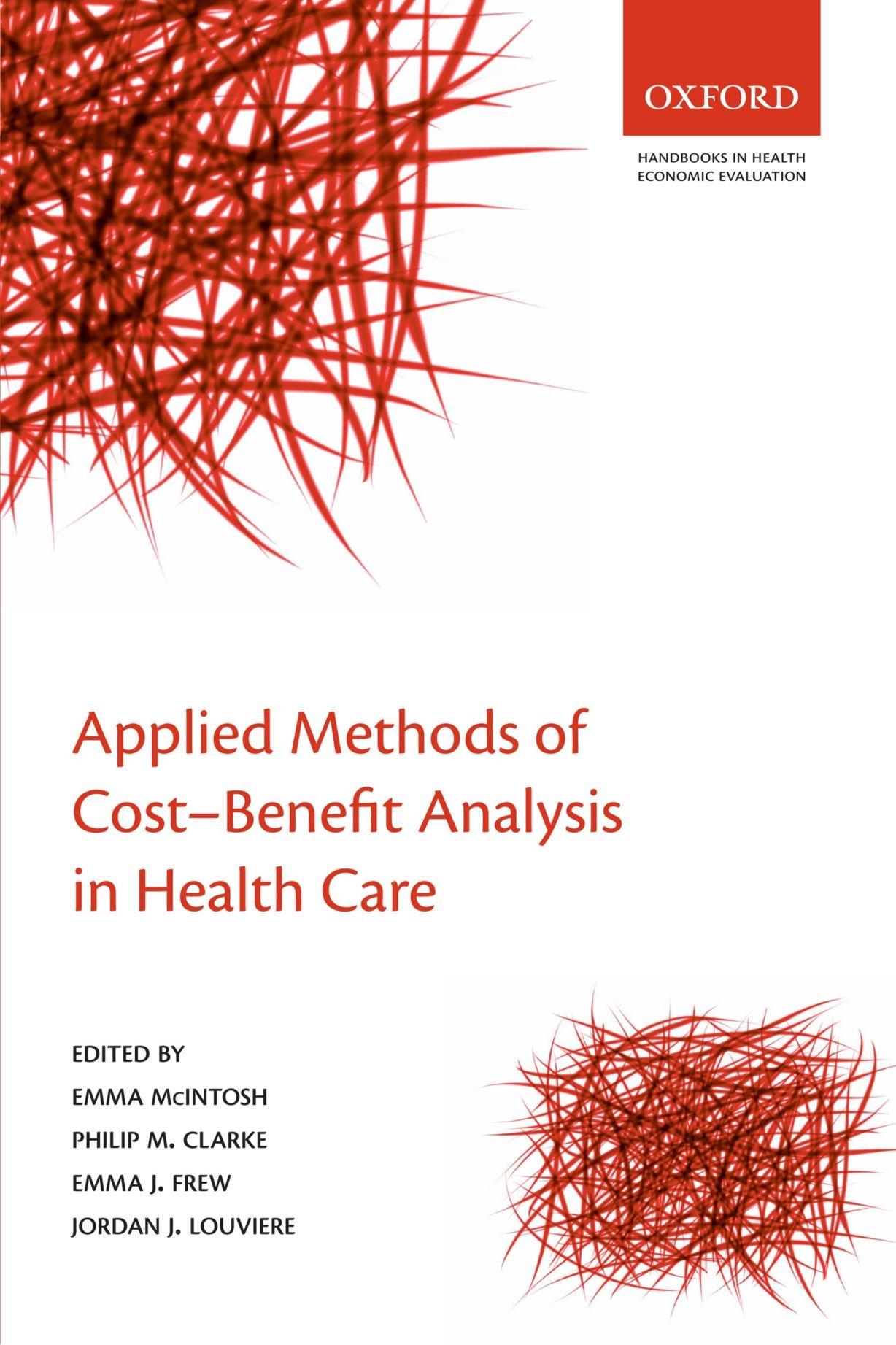Answered step by step
Verified Expert Solution
Question
1 Approved Answer
2. (Points: 5) Factors contributing to a decline in the usefulness of a fixed asset may be divided into the following two categories 1. residual
2. (Points: 5) Factors contributing to a decline in the usefulness of a fixed asset may be divided into the following two categories 1. residual and salvage 2. physical and functional 3. salvage and functional 4. functional and residual Save Answer 3. (Points: 5) All of the following below are needed for the calculation of straight-line depreciation except 1. residual value 2. estimated life 3. cost 4. units produced Save Answer 4. (Points: 5) All leases are classified as either 1. long-term leases or current leases 2. capital leases or long-term leases 3. operating leases or current leases 4. capital leases or operating leases Save Answer 5. (Points: 5) If a fixed asset, such as a computer, were purchased on January 1st for $3,750 with an estimated life of 3 years and a salvage or residual value of $150, the journal entry for monthly expense under straight-line depreciation is: (Note: EOM indicates the last day of each month.) 1. EOM Accumulated Depreciation 1,200 Depreciation Expense 1,200 2. EOM Depreciation Expense 100 Accumulated Depreciation 100 3. EOM Accumulated Depreciation 100 Depreciation Expense 100 4. EOM Depreciation Expense 1,200 Accumulated Depreciation 1,200 Save Answer 6. (Points: 5) The process of transferring the cost of metal ores and other minerals removed from the earth to an expense account is called 1. depletion 2. amortization 3. depreciation 4. deferral Save Answer 7. (Points: 5) When a company discards machinery that is fully depreciated, this transaction would be recorded with the following entry 1. debit Machinery; credit Accumulated Depreciation 2. debit Accumulated Depreciation; credit Machinery 3. debit Depreciation Expense; credit Accumulated Depreciation 4. debit Cash; credit Accumulated Depreciation Save Answer 8. (Points: 5) A capital expenditure results in a debit to 1. a capital account 2. a liability account 3. an expense account 4. an asset account Save Answer 9. (Points: 5) When the amount of use of a fixed asset varies from year to year, the method of determining depreciation expense that best matches allocation of cost with revenue is 1. units-of-production 2. MACRS 3. straight-line 4. declining-balance Save Answer 10. (Points: 5) Expenditures that add to the utility of fixed assets for more than one accounting period are 1. capital expenditures 2. committed expenditures 3. revenue expenditures 4. current expenditures Save Answer 11. (Points: 5) Which of the following is true? 1. If using the units-of-production method, it is possible to depreciate more than the depreciable cost. 2. If using the straight line method, the amount of depreciation expense during the first year is higher than that of the double-declining-balance. 3. If using the double-declining-balance the total amount of depreciation expense during the life of the asset will be the highest. 4. Regardless of the depreciation method, the amount of total depreciation expense during the life of the asset will be the same. Save Answer 12. (Points: 5) Fixed assets are ordinarily presented in the balance sheet 1. at current market values 2. in a separate section along with intangible assets 3. at cost less accumulated depreciation 4. at replacement costs Save Answer 13. (Points: 5) Expected useful life is 1. calculated when the asset is sold. 2. estimated at the time that the asset is placed in service. 3. determined each year that the depreciation calculation is made. 4. none of the answers are correct. Save Answer 14. (Points: 5) In a lease contract, the party who legally owns the asset is the 1. lessor 2. operator 3. lessee 4. banker Save Answer 15. (Points: 5) On December 31, Strike Company has decided to sell one of its batting cages. The initial cost of the equipment was $215,000 with an accumulated depreciation of $185,000. Depreciation has been taken up to the end of the year. The company found a company that is willing to buy the equipment for $30,000. What is the amount of the gain or loss on this transaction? 1. Loss of $30,000 2. No gain or loss 3. Cannot be determined 4. Gain of $30,000 Save Answer 16. (Points: 5) The formula for depreciable cost is 1. initial cost - residual value 2. depreciable cost = initial cost 3. initial cost + residual value 4. initial cost - accumulated depreciation Save Answer 17. (Points: 3) The double-declining-balance method is an accelerated depreciation method. 1. False 2. True Save Answer 18. (Points: 3) The acquisition costs of property, plant, and equipment should include all normal, reasonable and necessary costs to get the asset in place and ready for use. 1. True 2. False Save Answer 19. (Points: 3) When depreciation estimates are revised, all years of the assets life are affected. 1. True 2. False Save Answer 20. (Points: 3) When a major corporation develops its own trademark and over time it becomes very valuable, the trademark may not be shown on their balance sheet due lack of a material cost. 1. False 2. True Save Answer 21. (Points: 3) Revising depreciation estimates does affect the amounts of depreciation expense recorded in past periods. 1. False 2. True
Step by Step Solution
There are 3 Steps involved in it
Step: 1

Get Instant Access to Expert-Tailored Solutions
See step-by-step solutions with expert insights and AI powered tools for academic success
Step: 2

Step: 3

Ace Your Homework with AI
Get the answers you need in no time with our AI-driven, step-by-step assistance
Get Started


